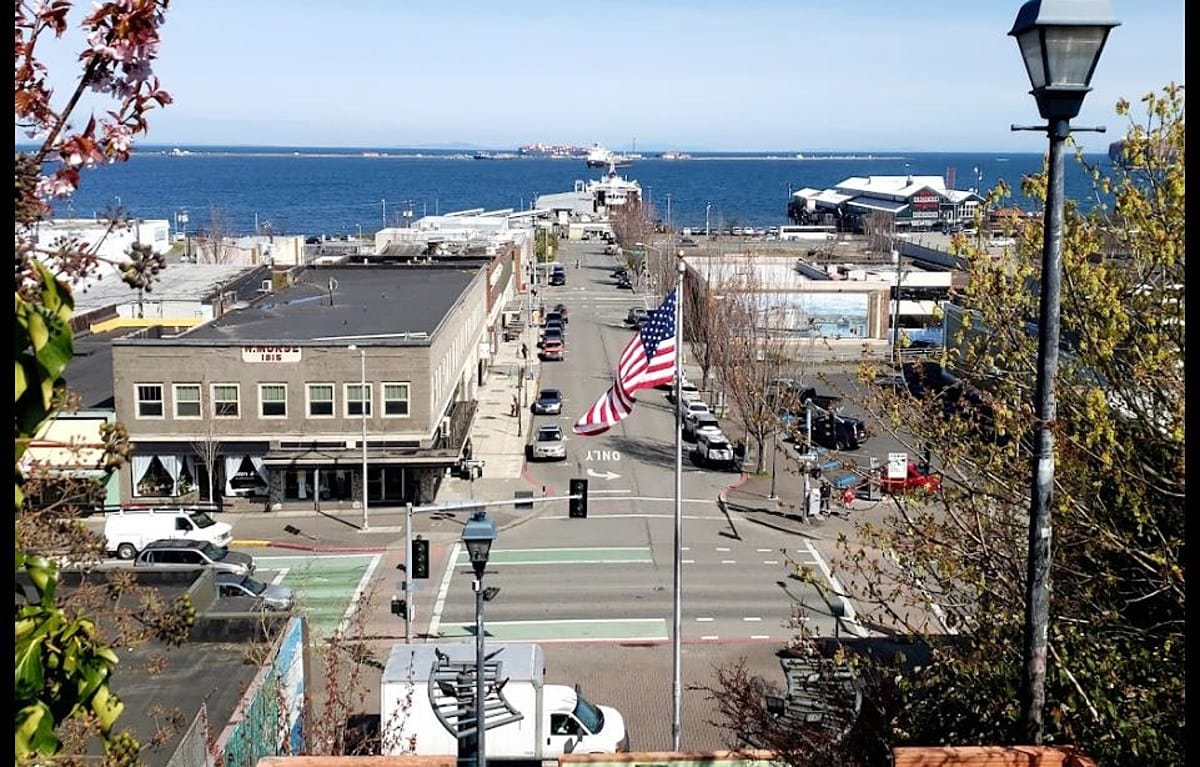Washington State, known for its stunning natural beauty, progressive cities, and booming tech industry, offers a fantastic quality of life in many areas. However, like any state, it has its less desirable locations. This article explores five places in Washington that consistently rank poorly in terms of livability, considering factors such as crime rates, economic prospects, cost of living, and overall quality of life.
1. Tukwila, Washington
- Location: South of Seattle, in King County
- Key Issues:
- High Crime Rates: Tukwila has one of the highest crime rates in Washington State, particularly in property crimes. This creates a sense of unease and negatively impacts residents’ quality of life.
- Limited Economic Opportunities: While its proximity to Seattle offers some job possibilities, Tukwila itself has a limited range of industries and employment options.
- Congestion and Traffic: As a major transportation hub, Tukwila suffers from heavy traffic congestion, leading to longer commutes and reducing the appeal of living there.
2. Yakima, Washington
- Location: Eastern Washington, in Yakima Valley
- Key Issues
- High Poverty and Crime Rates: Yakima struggles with elevated poverty levels and higher crime rates than the state average. This combination significantly impacts the quality of life for its residents.
- Agricultural Economy with Seasonal Employment: Yakima’s economy heavily relies on agriculture, leading to seasonal employment fluctuations and income instability.
- Environmental Concerns: Agricultural practices in the area have raised concerns about pollution and its impact on air and water quality.
3. Tacoma, Washington
- Location: South of Seattle, on Puget Sound
- Key Issues:
- Struggles with Crime and Homelessness: Tacoma has visible issues with crime and homelessness, particularly in certain neighborhoods. This fosters a less safe environment for residents.
- Cost of Living on the Rise: The cost of living in Tacoma has been increasing, driven by its proximity to Seattle. This puts a strain on residents’ budgets.
- Mixed Reviews on Livability: Tacoma offers a mix of urban amenities and scenic beauty, but experiences vary drastically depending on specific neighborhoods. Careful research is a must if considering living there.
4. Aberdeen, Washington
- Location: Coastal Washington, in Grays Harbor County
- Key Issues
- Declining Economy and High Unemployment: Aberdeen was once reliant on the timber industry, which has experienced significant decline; consequently, it has some of the state’s highest unemployment rates.
- Limited Amenities and Cultural Offerings: As a small town, Aberdeen offers fewer amenities, entertainment options, and specialized services found in larger cities.
- Struggles with Substance Abuse Issues: Aberdeen, like many towns affected by economic hardship, grapples with substance abuse problems impacting its community.
5. Centralia, Washington
- Location: Southwestern Washington, between Seattle and Portland
- Key Issues
- High Crime Rates: Centralia has higher crime rates compared to other Washington cities of similar size
- Stagnant Economic Growth: Centralia offers limited economic opportunities and doesn’t attract new industries that could offer higher-paying jobs.
- Limited Social and Recreational Opportunities: As a smaller city, Centralia has fewer options for social activities, dining, and entertainment compared to larger urban areas.
Important Considerations
- Subjectivity of “Worst” Places: “Worst” is subjective; what matters most to one person may not be as important to another. These lists highlight common challenges, but some residents may still find value and enjoyment in aspects of these cities.
- Neighborhood Variations: Within any city, specific neighborhoods can vary greatly in crime rates, amenities, and ambiance. Don’t generalize based on a city’s overall reputation.
- Changing Conditions: Cities are dynamic; economic conditions and crime rates can fluctuate year to year. Stay up-to-date on current statistics when making living decisions.
How These Rankings Are Determined
Rankings of “worst” places often rely on a combination of factors, including:
- Crime Statistics: The FBI’s Uniform Crime Report is a common source, comparing rates of violent and property crime per capita in various locations.
- Economic Indicators: Unemployment rates, median household income, and poverty rates give insight into the economic health of an area.
- Cost of Living: Data on average housing prices, rents, groceries, and utilities highlight how affordable an area is.
- Resident Surveys and Quality of Life Metrics: Sometimes rankings incorporate residents’ perceptions of their city’s safety, cleanliness, access to amenities, and overall satisfaction.
Sources
Here are some sources frequently used to determine less desirable places to live:
- FBI Uniform Crime Report: (https://ucr.fbi.gov/)
- City-Data: ([invalid URL removed])
- Niche.com: ([https://www.niche.com])
- Movoto Real Estate Blog: (https://www.movoto.com/)
- News Outlets: Local news outlets often report on crime trends and city rankings
Finding the “Best” Place for You
Choosing a place to live depends on your individual priorities. Consider the following:
- Job Market: Does the area offer job opportunities in your field with good earning potential?
- Affordability: Can you afford housing and other essential expenses comfortably?
- Safety: How do the crime rates compare to your comfort level?
- Amenities: Does the place offer the lifestyle features you desire? (Schools, parks, cultural attractions, etc.)
- Community Vibe: Does the city’s atmosphere and personality align with your values?
Conclusion
While Washington State is a highly desirable place to live in general, some towns face more significant challenges than others. Understanding common criticisms leveled against specific cities will help you make informed decisions when considering living options. Remember, finding the perfect location is a personal journey; balancing these factors with your individual needs is crucial.



